Meet Rena Kubota | Illustrator & NFT Project Art Director
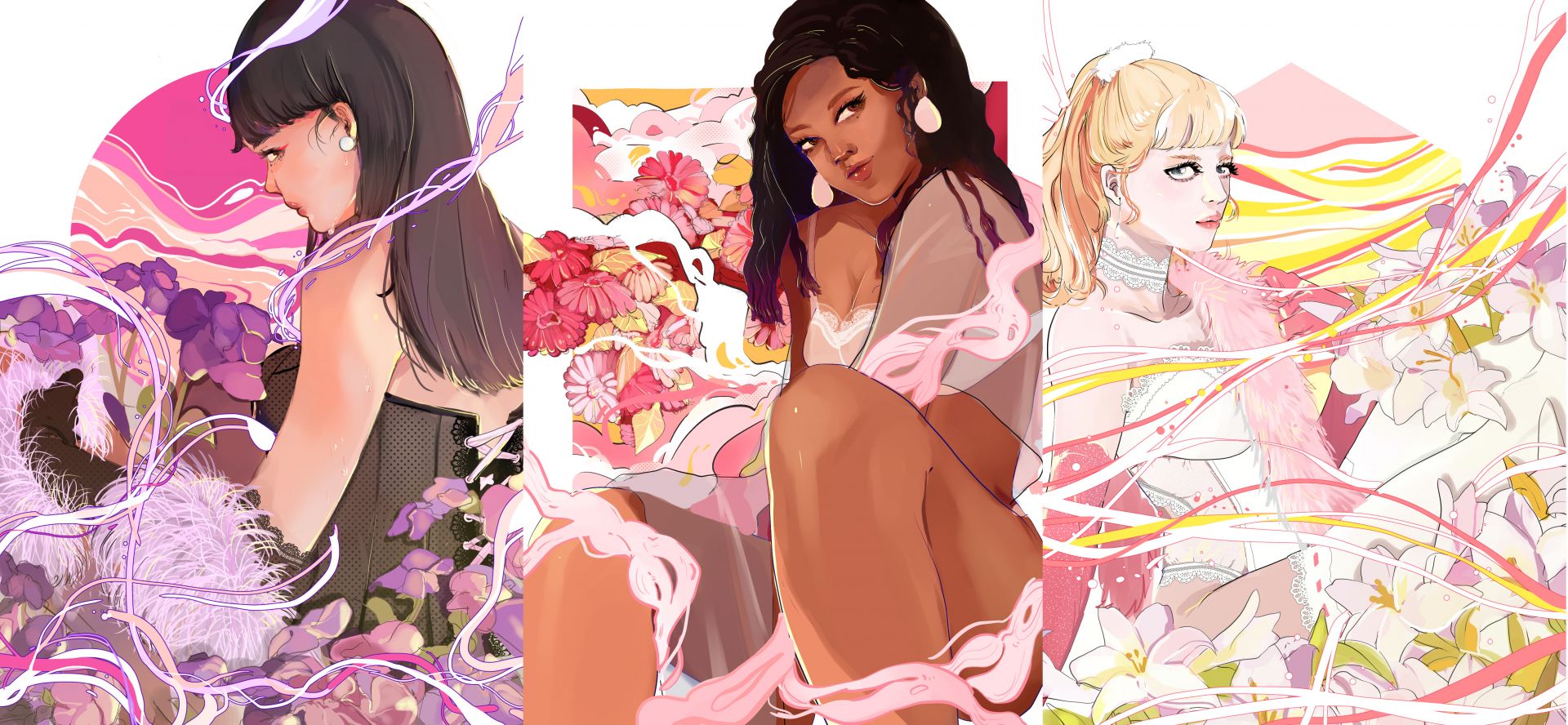
We had the good fortune of connecting with Rena Kubota and we’ve shared our conversation below.
Hi Rena, can you tell us more about your background and the role it’s played in shaping who you are today?
The beauty of art is that it allows individuals to express themselves. I value art because it can be imbued with personality. For what I refer to as “faceless admiration,” it is unnecessary to know the artist’s history or identity. Simply admire and respect the art for what it is. I learned the hard way that companies in the beauty industry care less about artistic expression and more about art that sells beauty. It would have been a disgrace to the art I fell in love with if I had confined myself to art as a kindergartener. It may have been the first time I actively disliked art while being constrained by a directive and critiqued by tasteless superiors.
It is difficult to be from two traditional countries. I was raised in China after being born in Japan. As China is notoriously traditional, I was immediately ostracized and labeled an outsider for not knowing the language. I felt like a five-year-old moving to an unknown location with no one to rely on when I returned to Japan to attend junior high school. Manga art from Japan provided me with an escape from this nightmare of moving. I was unable to read Japanese at the time of my relocation, but I felt as if I had a friend who could tell me a story by observing the various characters and settings depicting various stories. At the time, many authors concealed their identities behind a simple name. No sense of discrimination, no barriers (at least through the art), merely appreciating art for what it is. I convey myself to others through the mediums of art and fashion. The trauma of relocating has lingered and complicated my interactions with others. Not only has art helped me to represent myself, but I’ve also created works that depict my past. I’ve created a great deal of escapism art and pieces that were inspired by my day-to-day life and how I felt while living in Japan, which has actually influenced some of my art today.
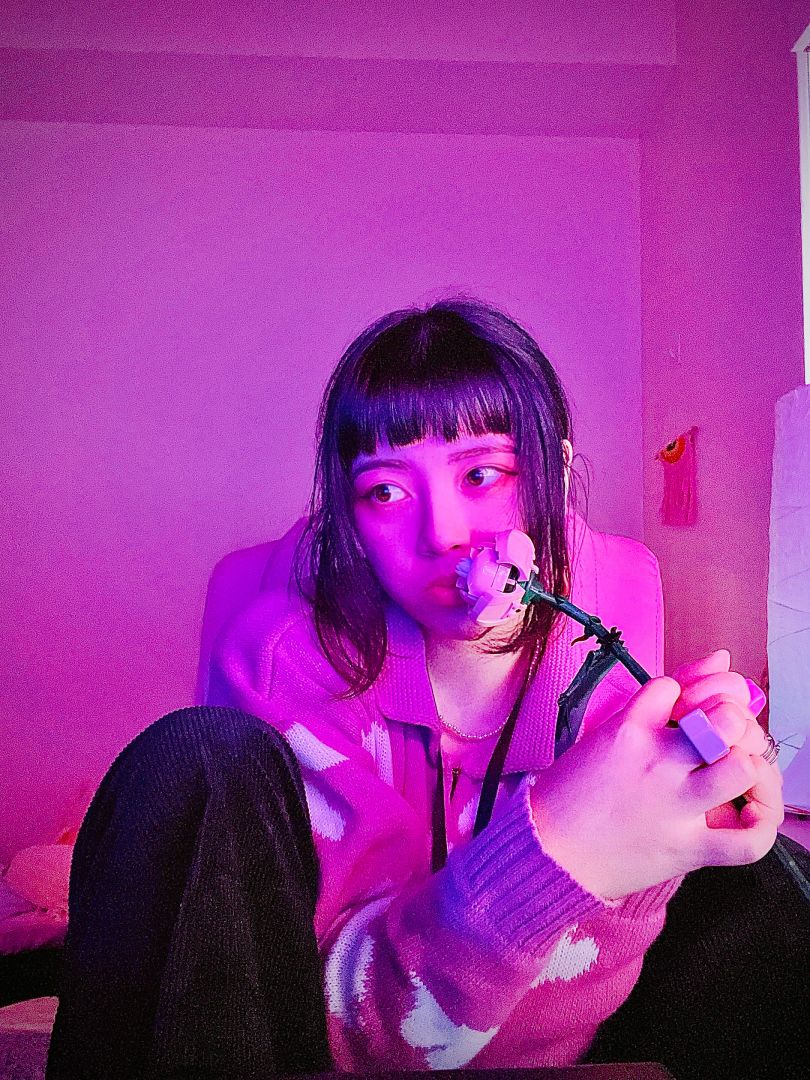
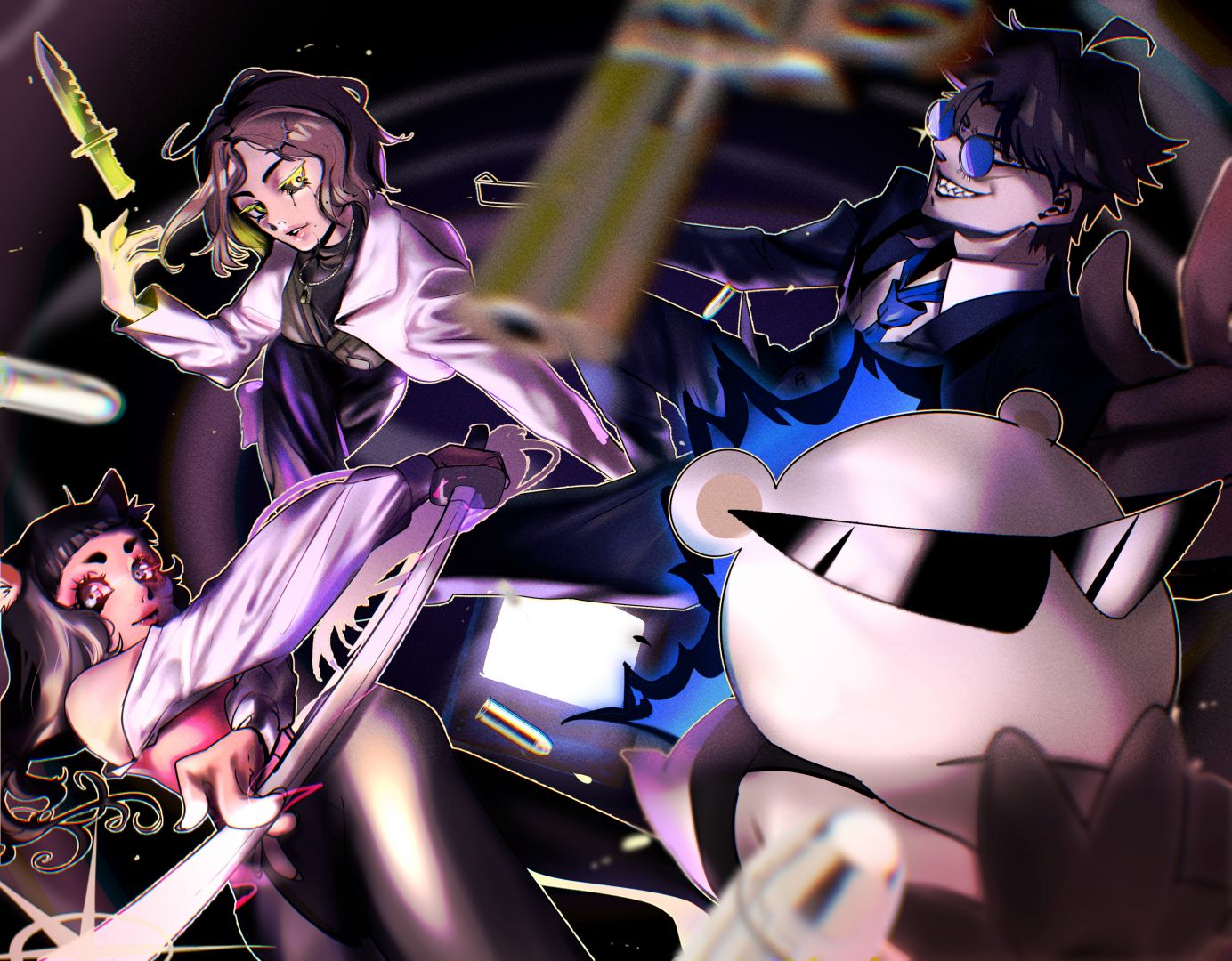
Let’s talk shop? Tell us more about your career, what can you share with our community?
I am most pleased with my attention to detail and research, which distinguish me from my peers in this industry. My work excites me when I see that people appreciate it and inquire about its meaning and why I chose particular details. In this industry, there aren’t a lot of jobs that require my artistic skills, and those that do often require very little art. My first professional position was as a graphic designer for a well-known beauty store. I was severely constrained to execute a hyper-specific style, and I was criticized for attempting to incorporate my own artistic flair. Simply adapting quickly to the environment has proven to be the most effective method. Eventually, my current employer, who adored my work, noticed it and appointed me art director of an entire NFT (META KAMI). I wish for my story to serve as a beacon to young artists who, like me, struggled to find a purpose for their art in the professional environment and to encourage them not to lose hope.
Due to my family’s disapproval and traditional upbringing, it was extremely difficult for me to reach my current status as an artist. My Chinese family disgraced and labeled me a “disappointment” for my failures. The path that led me to where I am now required me to roll with the punches.
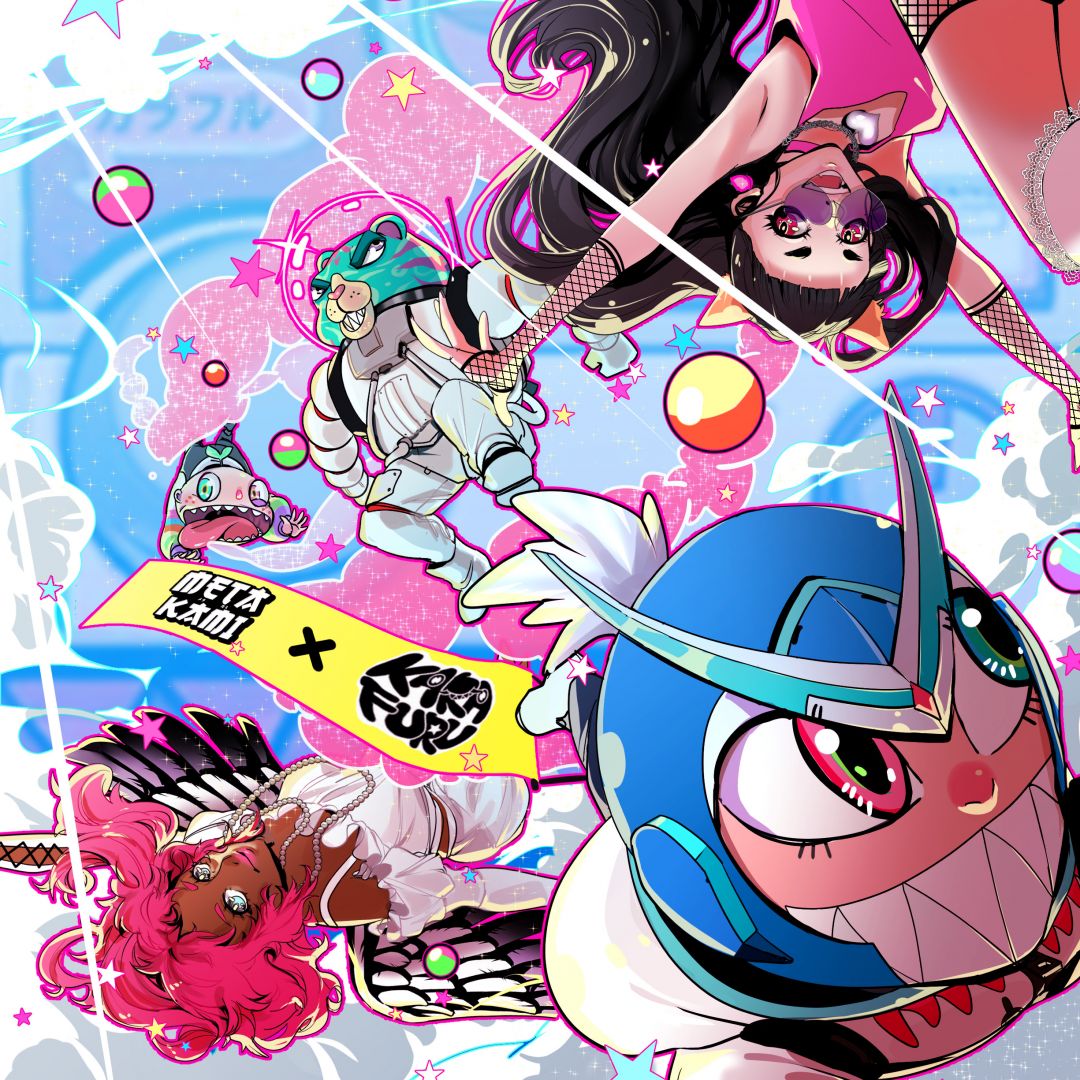
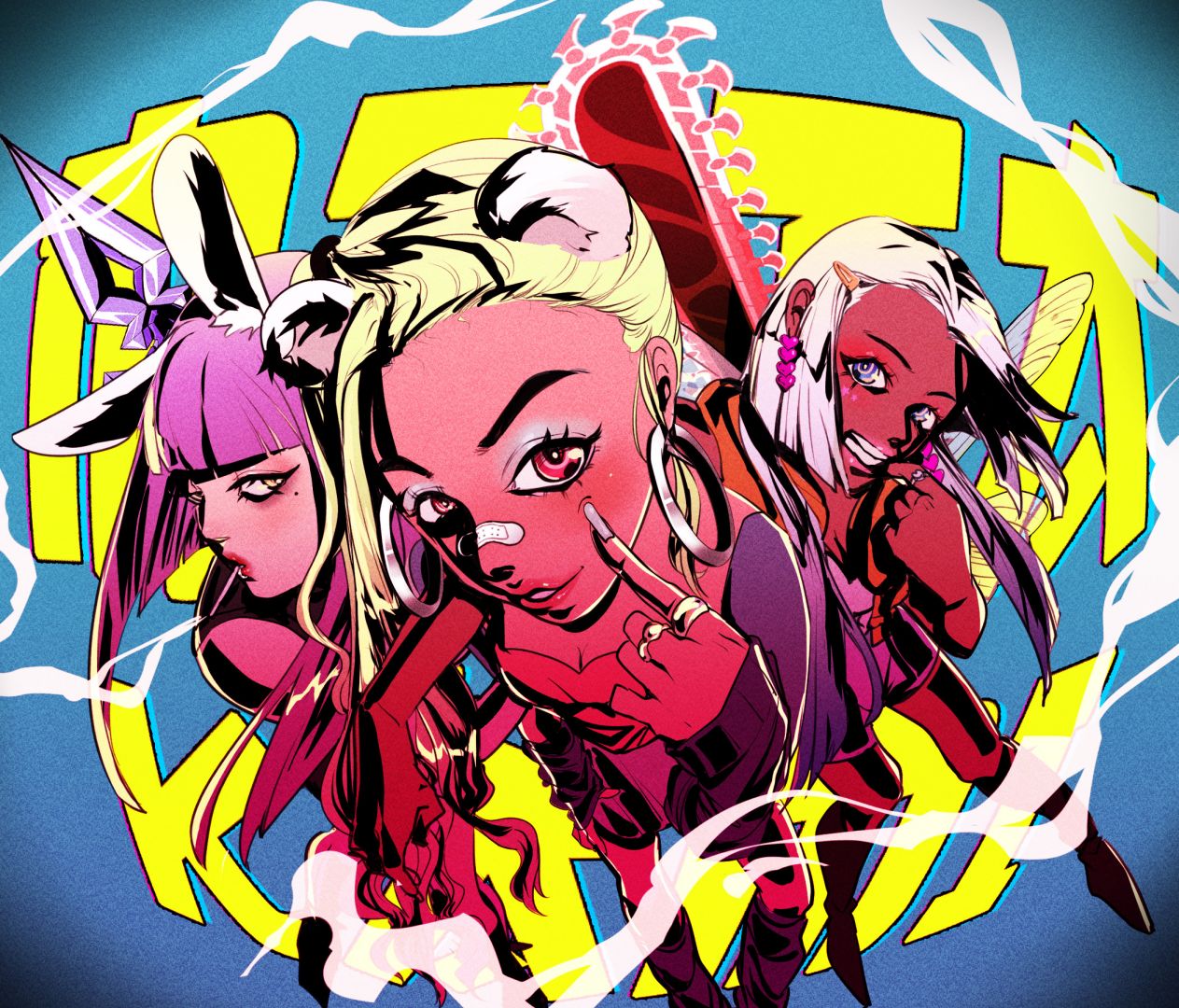
Any places to eat or things to do that you can share with our readers? If they have a friend visiting town, what are some spots they could take them to?
I would take my best friend to Shinjuku station for the majority of my childhood memories in Japan. Numerous foreigners visit this restaurant and shopping center, which is also a popular tourist destination. Briefly, it resembles an adult Disneyland filled with small drama and cultural performances everywhere. I adore the eccentric yet extreme outfits worn by all of Japan’s well-known icons as they wander about. My most memorable moment at Shinjuku station was sitting in a bar and witnessing the hostess break a woman’s heart. It’s odd to say, but it was like watching a K-drama in real life.
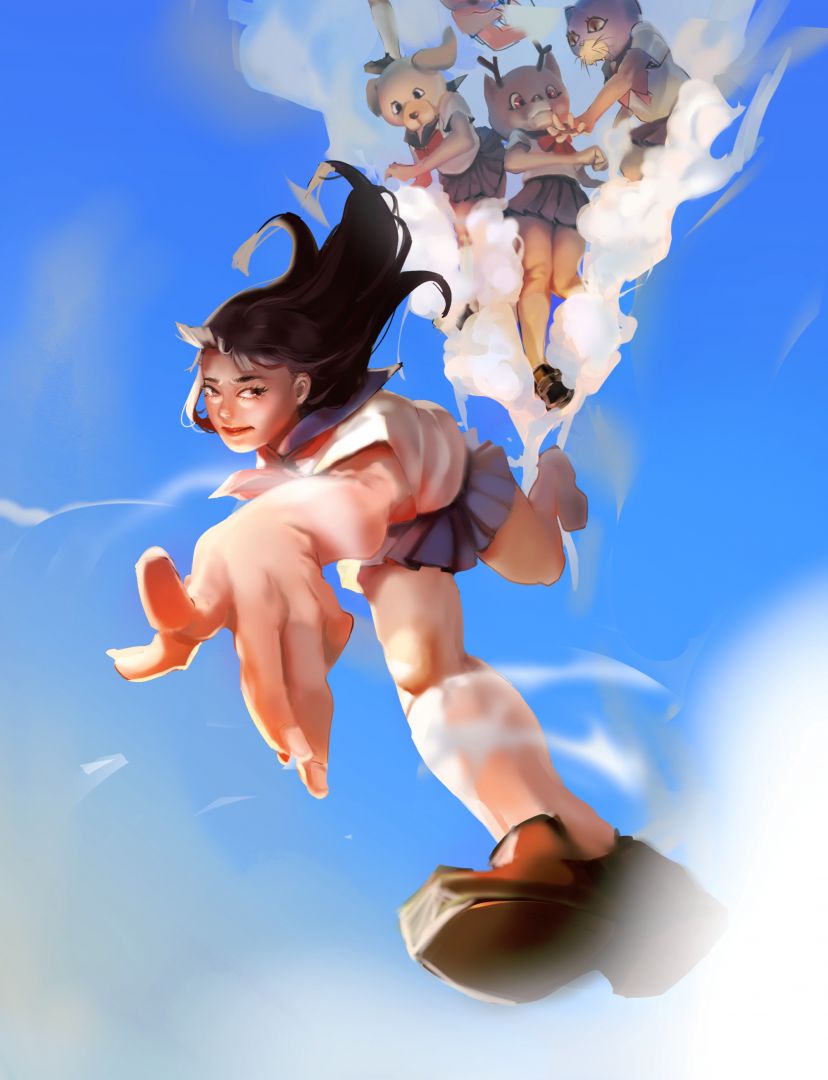
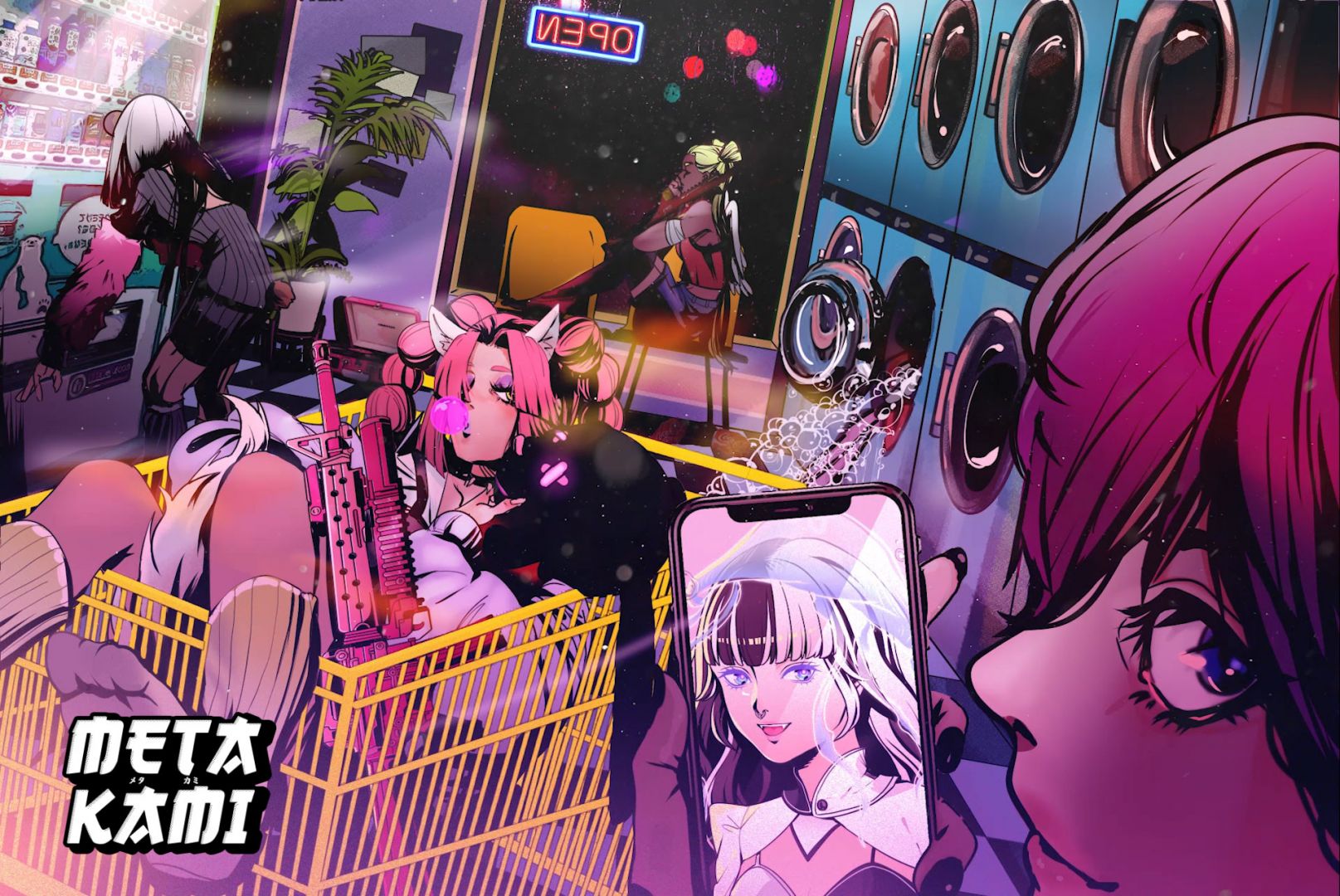
Who else deserves some credit and recognition?
My role model is Satoshi Kon , who is an artist first and foremost. I have closely followed Kon’s realism-fantasy art since 2009, when “Perfect Blue” was released. This anime played a significant role in my childhood, as it told the story of a girl in my position at the time. I adore Kon’s work because it imparts profound life lessons to young audiences. I was inspired to do research and go the “extra mile” when creating art by Kon’s biography, which describes how meticulously he details his artwork. Today, I honor him by employing his methods.
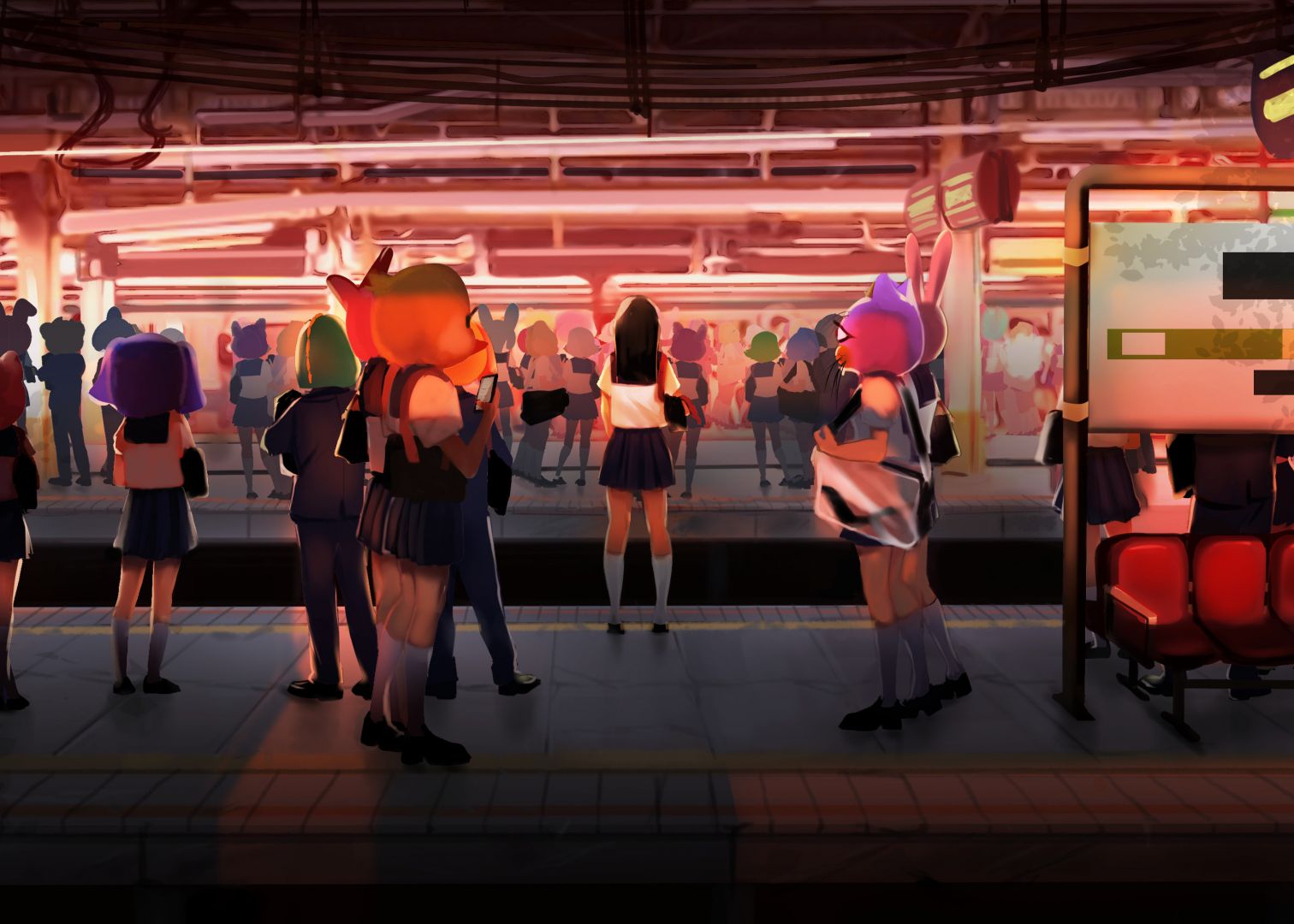
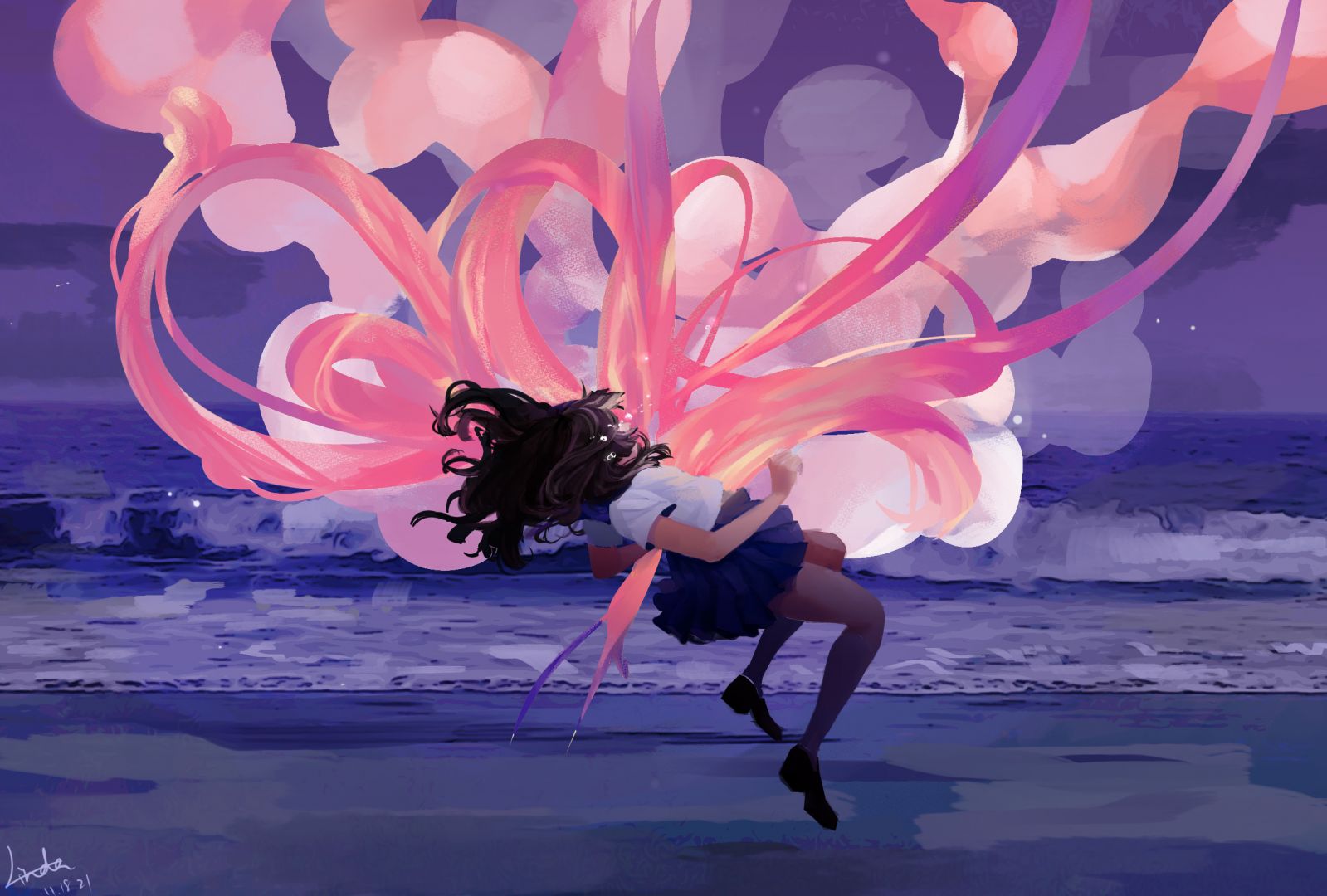
Website: https://shitocho.wixsite.com/lindalovy
Instagram: @apple_shitocho
Linkedin: linkedin.com/in/rkubota
Twitter: @shitocho_apple
Image Credits
NFT collaboration art – Metakami NFT project, Esion NFT Project NFT collaboration art 2- Metakami NFT project, Karafuru NFT project
